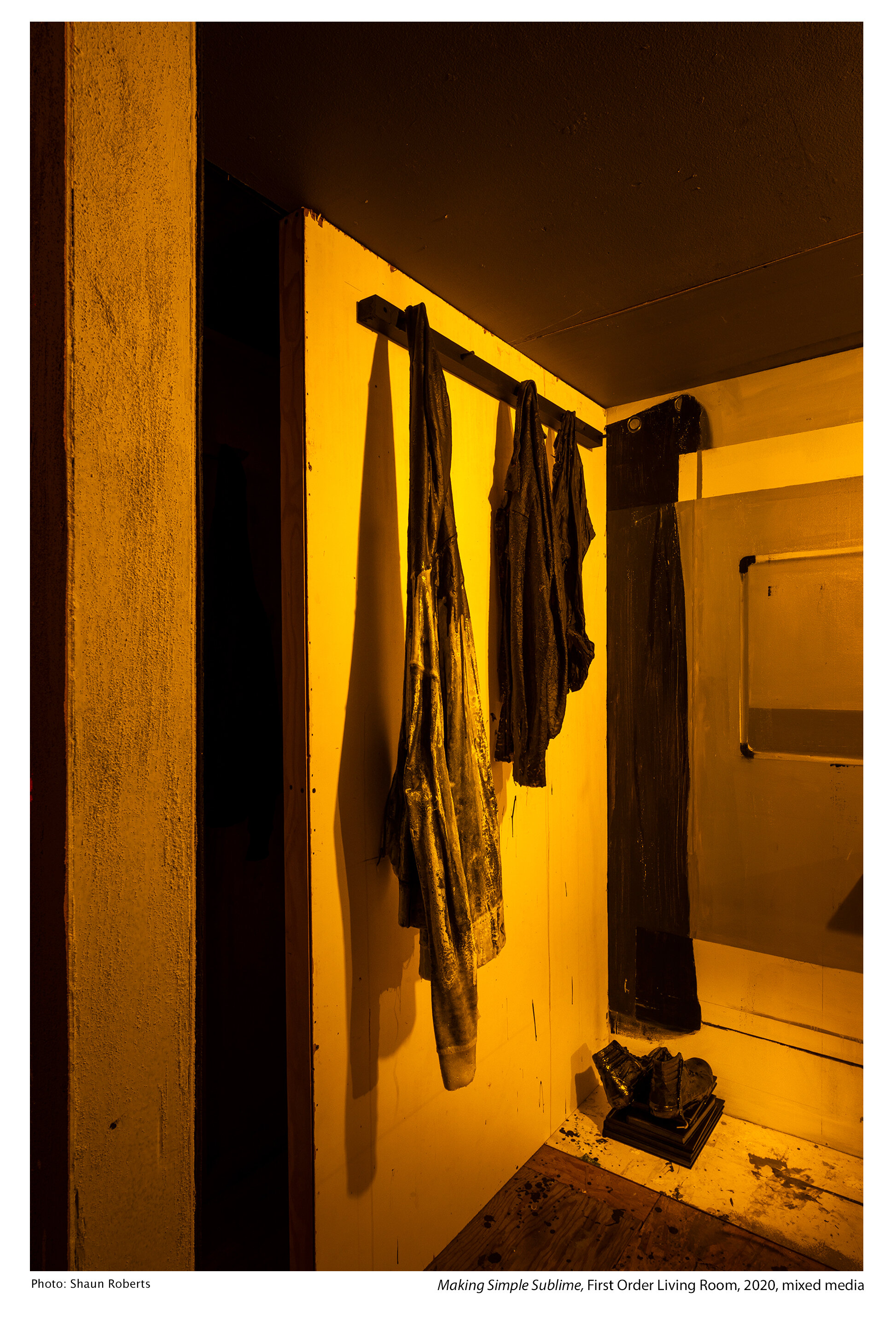Brett Amory’s multidisciplinary practice is based on the intersection of quotidian and habitual engagements with the everyday world.
His works consider moments of visual perception that precede interpretation. He uses the ordinary as a vehicle for extending the familiar into the realms of the unfamiliar.
Amory has lived and worked in the San Francisco area since 1996. He received a MFA from Stanford University in 2020 and BFA from the Academy of Arts in San Francisco in 2005. Amory’s work has been shown both nationally and internationally,including exhibitions at the National Portrait Gallery, London; the Scottish National Portrait Gallery, Edinburgh; the Fort Wayne Museum of Art, Indiana; and the Contemporary Jewish Museum, San Francisco. He was also an artist in residence at de Young Museum, San Francisco (2017).
Making Simple Sublime
Making Simple Sublime is an uncanny exploration of an artist studio/domestic space that blurs the boundary between art and life. Thoroughly self-referential, the doubling of rooms thematize the domestic act of inhabiting space and confinement to a particular place. The copied rooms confirm what is already present and what is present gets repeated, adding new and unexpected layers of meaning. The phenomena of imitation evoke the familiarity of self-evident routines, the banality of everyday life and compels a reassessment of perceptual boundaries. The constant dialogue between expectation and observation is illustrated in the middle section where the viewer finds oneself in a room with fragmented mirrors. Here the disjointed walls break up the reflective space creating a disembodied experience mirroring both the viewer and their surroundings where the viewer perceive themselves perceiving. Within the disjointed perception the viewer shifts from being a passive observer to an active participant and finds himself/herself as an added component of the work. This sort of phenomenological framework has the ability to bring awareness to the senses, modes of observation, and the connection between memory and place.
Video and Photos: Shaun Roberts


















